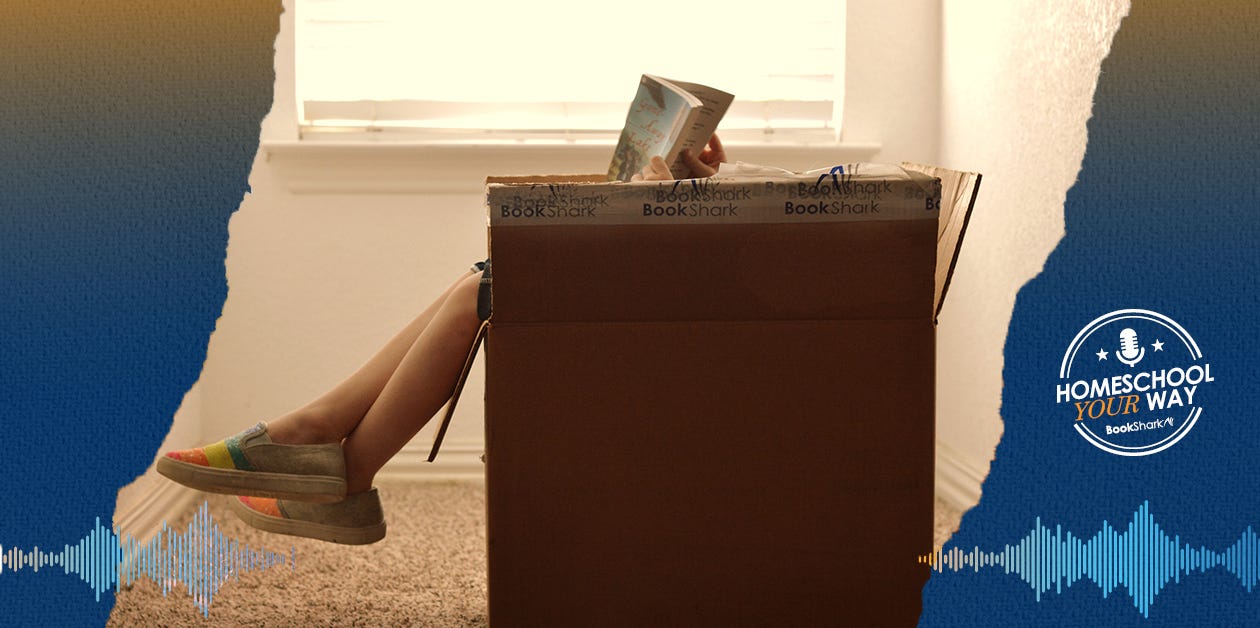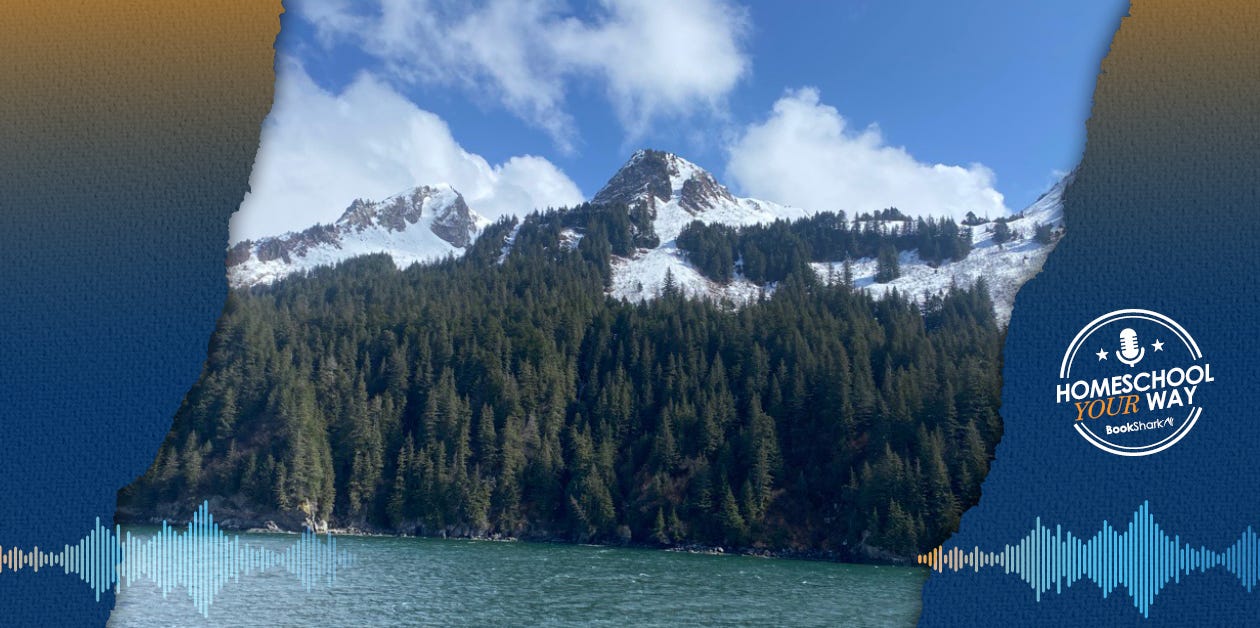Travel the Globe With These 12 Homeschool Geography Explorations
-
 By
Joanne Rawson
By
Joanne Rawson
- Jun 25, 2022

1. Cooking Traditional Foods
With the internet, it is so easy to find authentic recipes from all around the world. A few times we’ve had to make small substitutions to recipes when ingredients aren’t found locally, but cooking up cuisine from each country we have studied has helped us feel like we’re there. Cooking and eating are also a great way to get Dad involved in our homeschool lessons in the evenings.
Don’t be afraid to move a small table outside and pretend you’re at a Parisian cafe or eat in the living room gathered around the coffee table when studying Japan.
2. Reading
There is nothing like a great story to capture my boys’ attention. Of course, choosing a homeschool curriculum that capitalizes on the narrative of history through living books and biographies is an obvious way to travel the globe vicariously. But you can supplement any program with a collection of quality books covering all kinds of cultures, time periods, and continents in your home library.
3. Watching Movies and Travel Documentaries
Watching travel videos, historical movies, and documentaries is a wonderful way to learn more about a region or culture. Movies allow us to see the landscape, the people, and their culture in a way that reading can't always provide. When I combine the visual of film with the background of a book, we get the best of both worlds, and my children have a robust understanding of the world without ever packing a suitcase.
4. Crafting
Art is as much a part of any culture as food! A great way to learn about native arts and crafts is to recreate them. We have found so many wonderful tutorials online:
- making African Kente cloth
- trying Aboriginal dot painting
- sketching Japanese manga
The act of making reproductions or designing something in the style of art you are studying cements the learning and provides a fresh facet to your geography studies.

5. Map Making
Yes, you can trace outlines on paper. But we’ve also made topographical maps and landforms out of cookie dough, cake, salt dough, and even brownie batter. We’ve drawn maps with rivers, capital cities, and other features we’re interested in. Three-dimensional maps are a great way to focus on each region. You can bet your kids will remember geographic features after they molded them in frosting or dough!
6. Listening to Music
Music is an important part of each culture, too, and listening to music from around the world is so easy with the help of the internet and YouTube videos. You can always take it one step further and make your own instruments or learn how to play an instrument.
7. Learning a Foreign Language
While we have never committed ourselves to fully learning a new language, we do enjoy listening to snippets of foreign languages or reading books that teach us words in the language of a foreign country. When studying Japan and China, we tried our hand at drawing some characters. Copying names, letters, and sentences written in a foreign language is a great way to get a feel for what street signs and environmental print would be like.
8. Designing a Travel Brochure
Assign your children the task of creating a travel brochure for your area of study. They can look up facts, add beautiful pictures, describe tourist attractions, and highlight all the special features of each country. The brochure can be on a sheet of paper, a posterboard, or even a digital presentation.
9. Taking Virtual Field Trips
Many museums, galleries, and historical sites have online webcams and virtual field trips that can give you a panoramic view of locations you can only dream of visiting in real life. Do some internet searches of specific locales or subscribe to an online virtual field trip service such as Field Trip Zoom.
10. Postal Exchanges
We have participated in a few cultural and postcard exchanges and had gobs of fun learning about other regions. We sent a letter and box of goodies to a family and received one in return filled with wonderful trinkets, snacks, and drinks from another country. If you Google cultural exchange box, postcard exchange, and flat travelers, you will find groups that link families from across the globe in these kinds of educational, snail-mail activities.
11. Attending Festivals
Many cities have cultural festivals, and they are a great way to feel like you are visiting a foreign country. You can usually get a firsthand look at the food, music, art, and dance from a culture. Encourage your children to ask questions! Most festival hosts and vendors are thrilled to educate inquisitive youngsters.
12. Hosting a Geography Fair
Our local homeschool groups hosts a geography fair where each child reports on a country, complete with food and crafts for the kids to try out. The kids get passports and stamp their way around the room, reading the display boards, looking at the displays, and trying new foods and crafts. If your homeschool group doesn’t offer a fair, it is simple enough to invite a few friends over for a culture night. Pick a country or continent, try new foods, have your kids report on what they’ve learned, and make some homeschool memories.
 About the Author
About the Author
Joanne Rawson is the author of the blog Our Unschooling Journey. Known around the web as Mother of 3, Joanne began her blog when she first started homeschooling her three boys in 2012. She lives in Connecticut with her family and enjoys reading, crafting, and travelling... all of which usually ends up on her blog.









